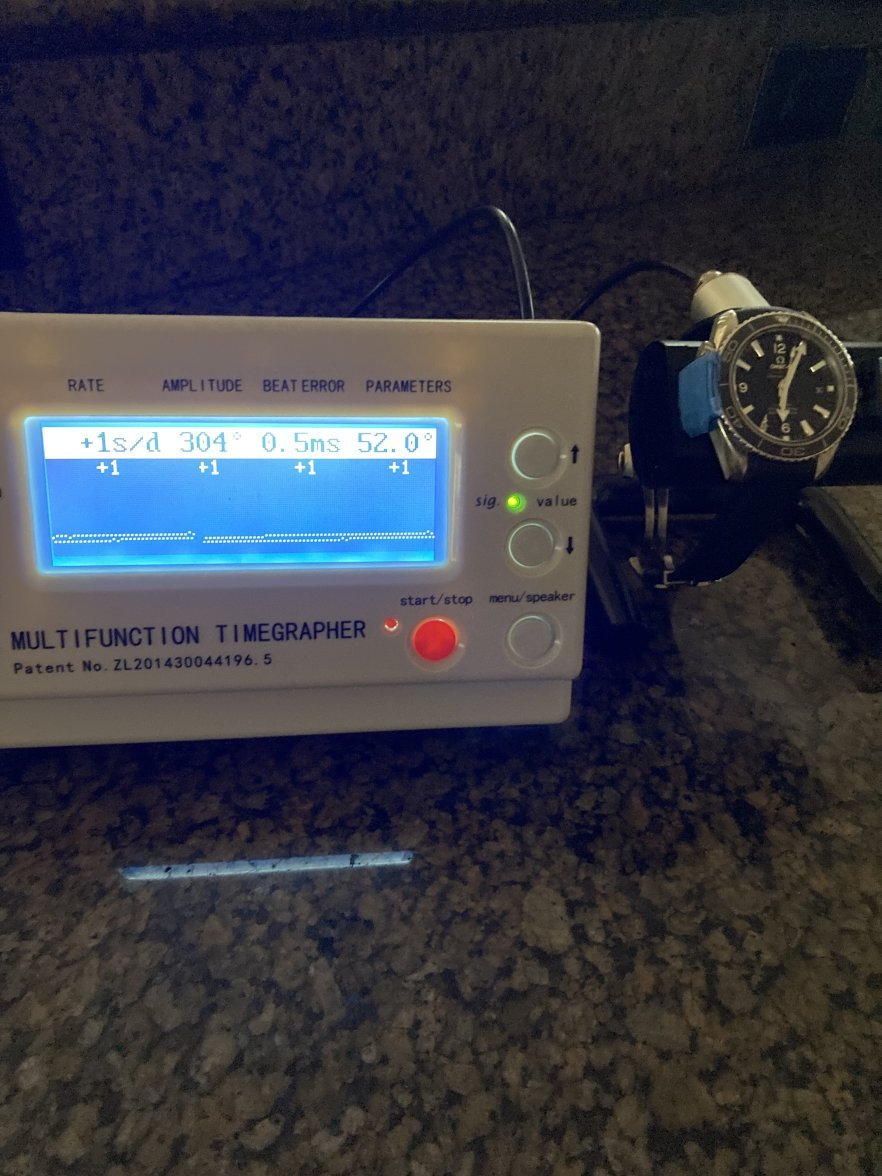I appreciate your suggestions. I will be trying the process you suggest. I will share the results. May I ask how the rotor measures the status of the winding?[/QUOTE
With the mainspring run down (or nearly) it is close to a “relaxed” state. As winding commences and the spring begins the process of becoming wound, it gradually increases its resistance to the winding process. The more it is taken away from its relaxed state, the harder it tries to get back to that relaxed state. The rotor is having to work harder, the closer to the fully wound state that the mainspring approaches. The effect on the freedom of the rotor to rotate freely is evident as the mainspring becomes for fully wound. When the mainspring finally arrives at its fully wound state and the bridle begins to slip inside the mainspring barrel (completely normal. That is the way automatics operate), the rotor is working its hardest, and its freedom to rotate freely is most impaired.
The further any metal is distorted from its relaxed state, the harder it fights to try to return to the relaxed state.
